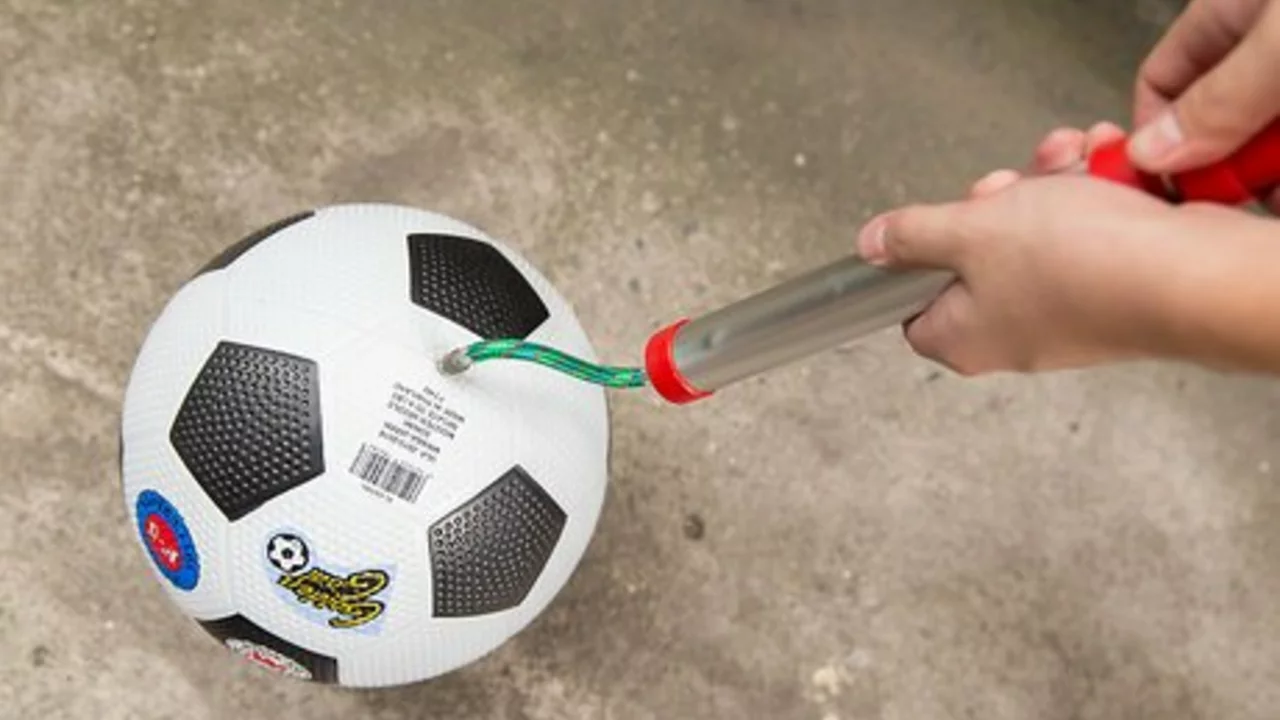Air Pressure Guide for Soccer Balls – Play Better Every Match
Ever wonder why a ball feels soft one day and rock‑hard the next? The secret is air pressure. Too much or too little air changes how the ball rolls, bounces, and travels. Getting the right PSI (pounds per square inch) can give you more control, better shots, and fewer surprise bounces.
What is the Ideal PSI for a Soccer Ball?
Official games follow FIFA’s range: 8.5–15.6 PSI, which is about 0.6–1.1 bar. Most recreational players aim for the middle, around 12 PSI. That pressure keeps the ball firm enough for accurate passing but soft enough to feel comfortable on the foot.
How to Check and Adjust Your Ball’s Pressure
All you need is a basic hand pump with a gauge or a digital pressure tester. Press the needle into the valve, read the number, and add or release air until you hit your target. Do this before every practice, especially if you’ve stored the ball in a hot car or a cold garage – temperature shifts can change pressure fast.
Want a quick trick? If you can’t find a gauge, try the “finger test.” Press your thumb into the ball; if it gives a little but springs back, you’re in the right zone. It’s not exact, but it’s better than guessing.
When you’re inflating, avoid over‑pumping. A ball that’s too hard will bounce off the ground too high, making dribbling trickier and increasing the risk of foot injuries. If you overinflate, let some air out slowly – a twist of the valve is enough.
Different surfaces need tiny tweaks. On hard turf, a slightly higher pressure (13–14 PSI) gives a smoother roll. On grass or mud, drop a couple of PSI so the ball stays in contact with the ground and doesn’t skid.
Don’t forget your training gear. Air‑filled training cones, goal‑post inflatables, and even shin‑guard air cushions rely on the same principle. Keep them at the manufacturer’s recommended pressure to avoid breakage and to get consistent performance.
Storage matters, too. Keep balls in a cool, dry place out of direct sunlight. Sunlight heats the air inside, raising PSI without you noticing. If you store a ball for months, check the pressure again before the first use.Finally, make it a habit. Add “check ball pressure” to your pre‑game checklist. A quick 30‑second spot check saves you from a bad bounce mid‑match and shows you’re serious about every detail.
With the right air pressure, your passes will be crisper, your shots more powerful, and your footwork smoother. It’s a tiny adjustment that makes a huge difference on the field. So grab a pump, test your ball, and feel the improvement from the first kick.
